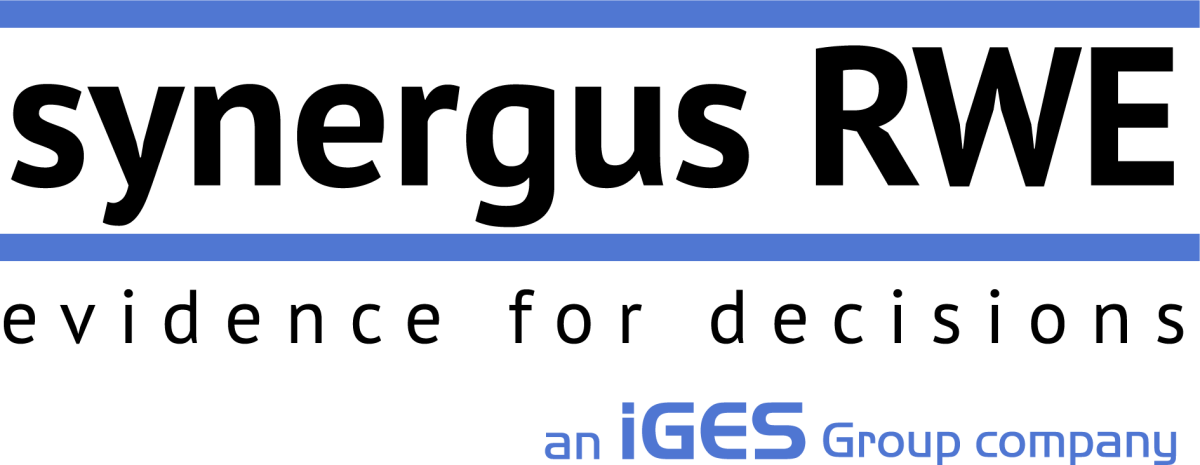Swedish Real-World data sources – National registries
This is the first blogpost in a series about the available Real-World Data sets in Sweden focusing on the national registries.
Seamless linkage is essential
To understand the value of these registries, a critical component is the utility of a unique identifier (personal identity number) that gives seamless linkage across national registries and other data-sets 1.
Multiple datasets are frequently used in research
This is reflected in the frequent utility of linkage between different data-sets where research about the utilisation of the prescribed registry frequently is linked to other data-sets 2.
Table of key-data sets
Below is a summary of the key national registries, including the starting year, demonstrating the longitudinal richness. Each registry includes one or more references to publications that provide further information about the dataset. In most instances, these data-sets cover 100% of the population.
|
Registry |
Content |
Start (year) |
|
Prescribed drug registry 2,3 |
All prescribed drugs from pharmacy. |
2005 |
|
National Patient Registry 4 |
All healthcare events in hospital. |
1987 (1964*) |
|
Cost per patient5 |
Cost data by care episode in hospital. |
2000* |
|
Total population registry 6 |
Life events including birth, death, name change, marital status, family relationships and migration |
1991 (17th century*) |
|
Military conscription register 7 |
Medical data from conscription. |
1969 |
|
Cause of Death registry 8 |
|
1911 (1749*) |
|
Cancer registry 9,9–13 |
|
1958 |
|
Medical Birth registry 14–16 |
|
1973 |
|
The longitudinal integrated database for health insurance and labour market studies (LISA) 17 |
Socioeconomic data including sick leave, income, education etc |
1990 |
|
The Swedish Multi-generation registry 18 |
|
1947 |
|
The Swedish Twin registry19 |
|
1886 |
*= Not complete coverage
References
1. Ludvigsson, J. F., Otterblad-Olausson, P., Pettersson, B. U. & Ekbom, A. The Swedish personal identity number: possibilities and pitfalls in healthcare and medical research. Eur. J. Epidemiol. 24, 659–667 (2009).
2. Wallerstedt, S. M., Wettermark, B. & Hoffmann, M. The First Decade with the Swedish Prescribed Drug Register - A Systematic Review of the Output in the Scientific Literature. Basic Clin. Pharmacol. Toxicol. 119, 464–469 (2016).
3. Wettermark, B. et al. The new Swedish Prescribed Drug Register—opportunities for pharmacoepidemiological research and experience from the first six months. Pharmacoepidemiol. Drug Saf. 16, 726–735 (2007).
4. Ludvigsson, J. F. et al. External review and validation of the Swedish national inpatient register. BMC Public Health 11, (2011).
5. Heurgren, M., Nilsson, H., Erlö, C. & Sjöli, P. Vad kostar den enskilde patienten? 4 (2003).
6. Ludvigsson, J. F. et al. Registers of the Swedish total population and their use in medical research. Eur. J. Epidemiol. 31, 125–136 (2016).
7. Ludvigsson, J. F. et al. The Swedish military conscription register: opportunities for its use in medical research. 12.
8. Brooke, H. L. et al. The Swedish cause of death register. Eur. J. Epidemiol. 32, 765–773 (2017).
9. Mattsson, B. & Wallgren, A. Completeness of the Swedish cancer register non-notified cancer cases recorded on death certificates in 1978. Acta Radiol. Oncol. 23, 305–313 (1984).
10. Larsson, S. COMPLETENESS AND RELIABILITY OF LUNG CANCER REGISTRATION IN THE SWEDISH CANCER REGISTRY. Acta Pathol. Microbiol. Scand. [A] 79A, 389–398 (2009).
11. Barlow, L., Westergren, K., Holmberg, L. & Talbäck, M. The completeness of the Swedish Cancer Register – a sample survey for year 1998. Acta Oncol. 48, 27–33 (2009).
12. Talbäck, M., Stenbeck, M. & Rosén, M. Up-to-date long-term survival of cancer patients: an evaluation of period analysis on Swedish Cancer Registry data. Eur. J. Cancer 40, 1361–1372 (2004).
13. Sandblom, G., Dufmats, M., Olsson, M. & Varenhorst, E. Validity of a population-based cancer register in Sweden--an assessment of data reproducibility in the South-East Region Prostate Cancer Register. Scand. J. Urol. Nephrol. 37, 112–119 (2003).
14. Cnattingius, S., Ericson, A., Gunnarskog, J. & Källén, B. A quality study of a medical birth registry. Scand. J. Soc. Med. 18, 143–148 (1990).
15. Lu, J.-H. et al. A Quality Study of a Computerized Medical Birth Registry. J. Obstet. Gynaecol. 21, 23–30 (1995).
16. Axelsson, O. The Swedish medical birth register. Acta Obstet. Gynecol. Scand. 82, 491–492 (2003).
17. Ludvigsson, J. F., Svedberg, P., Olén, O., Bruze, G. & Neovius, M. The longitudinal integrated database for health insurance and labour market studies (LISA) and its use in medical research. Eur. J. Epidemiol. 34, 423–437 (2019).
18. Ekbom, A. The Swedish multi-generation register. in Methods in Biobanking 215–220 (Springer, 2011).
19. Zagai, U., Lichtenstein, P., Pedersen, N. L. & Magnusson, P. K. E. The Swedish Twin Registry: Content and Management as a Research Infrastructure. Twin Res. Hum. Genet. Off. J. Int. Soc. Twin Stud. 22, 672–680 (2019).

